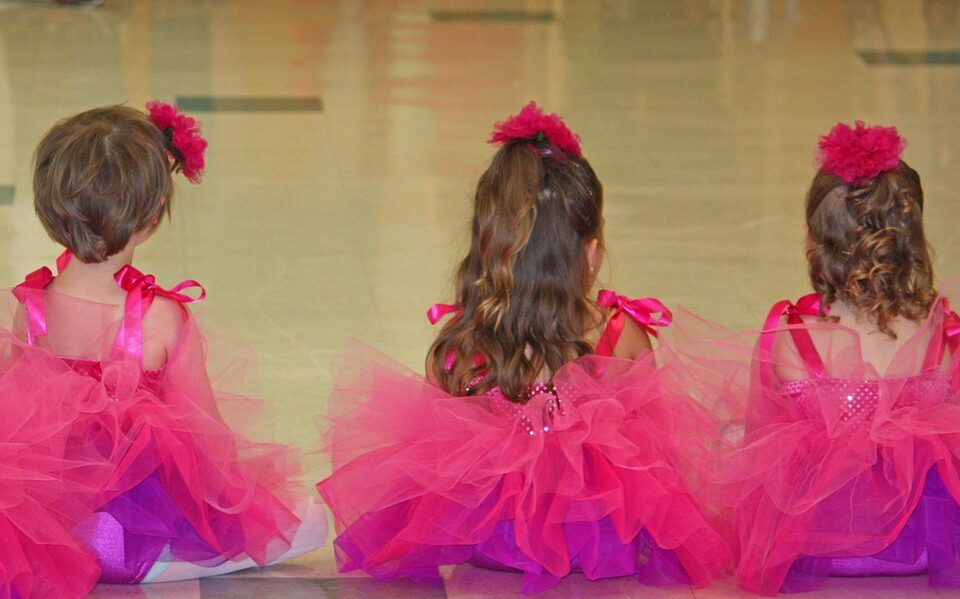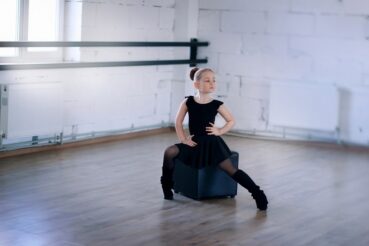Before striving as soon as possible to “develop your child in harmony,” you first need to clearly understand for yourself – how is it “in harmony?”
What do you want for your child?
We believe that the best intention is to help your child become a happy individual, to develop his innate qualities, and to give him the necessary skills to interact with this world.
The fundamental principle of development is holistic:
- Physical Development.
- Psychological
- Intellectual
It turns out that in order for development to occur consistently and harmoniously, it is necessary to combine all three components. How to pay attention to each and why children’s choreography?
Let’s answer the questions and move on to the five principles of harmonious development of the baby!
Interact with your child as equals
Fully understand and accept the fact that the child is a separate person. Understand that the child is not the property of the parent and that the adult for him or her is a helper and guide to the adult world. His goal is to help the child, to guide him and, most importantly, to give him a sense of emotional security, but not to try to make him “comfortable,” “good,” and “obedient.
The basic principle of choreography for children of kindergarten age is an individual approach to each child. The main goal of the teacher at the initial stage is to get acquainted with the child, to know: what is he like? What is important to him? What are his talents? And then, step by step, to reveal his/her potential.
Respect
Respect the child’s right to his/her wishes and NOT wishes, accept the fact that the child has the right to his/her opinion in any situation, to his/her thoughts, feelings and moods.
In a good School, which teaches children’s choreography, dance for preschool children, the principle of respect for the child’s personality is the basis of teaching. The teacher realizes that the best way to maintain discipline in the group is a game, because it is interest and ease that gives birth to the child’s desire to learn. But about it – further.
Nonviolence
Every child by nature strives to learn and develop. It is important to understand that spastic shoving a child in a lot of developmental circles can easily break this pure and sincere curiosity.
Classes in children’s choreography are built on play – that’s why interest and desire to learn are born in children at the lessons themselves. After class, observe your child. Listen to the questions he asks and the topics he raises.
Environment
Provide the child with a peer environment. Show that he is not alone in the world. Create an environment where the child can immerse himself in a kind of “demo” of adult life. In the rhythmics classes in the group a child gets an opportunity to interact with peers, to build personal boundaries, to make decisions independently, to feel his desires more clearly, to ask himself questions: Do I like it? What do I want to answer now?
The process is more important than the result
Do not chase a quick result. Teachers at a good school of children’s choreography understand that the most important result is the child’s joy and enjoyment. The energy that drives physical activity, the desire to communicate, to explore the world, to develop and learn new things is born out of a child’s joy.

 The Bellydance Superstars dance school was established in 2015.
The Bellydance Superstars dance school was established in 2015.